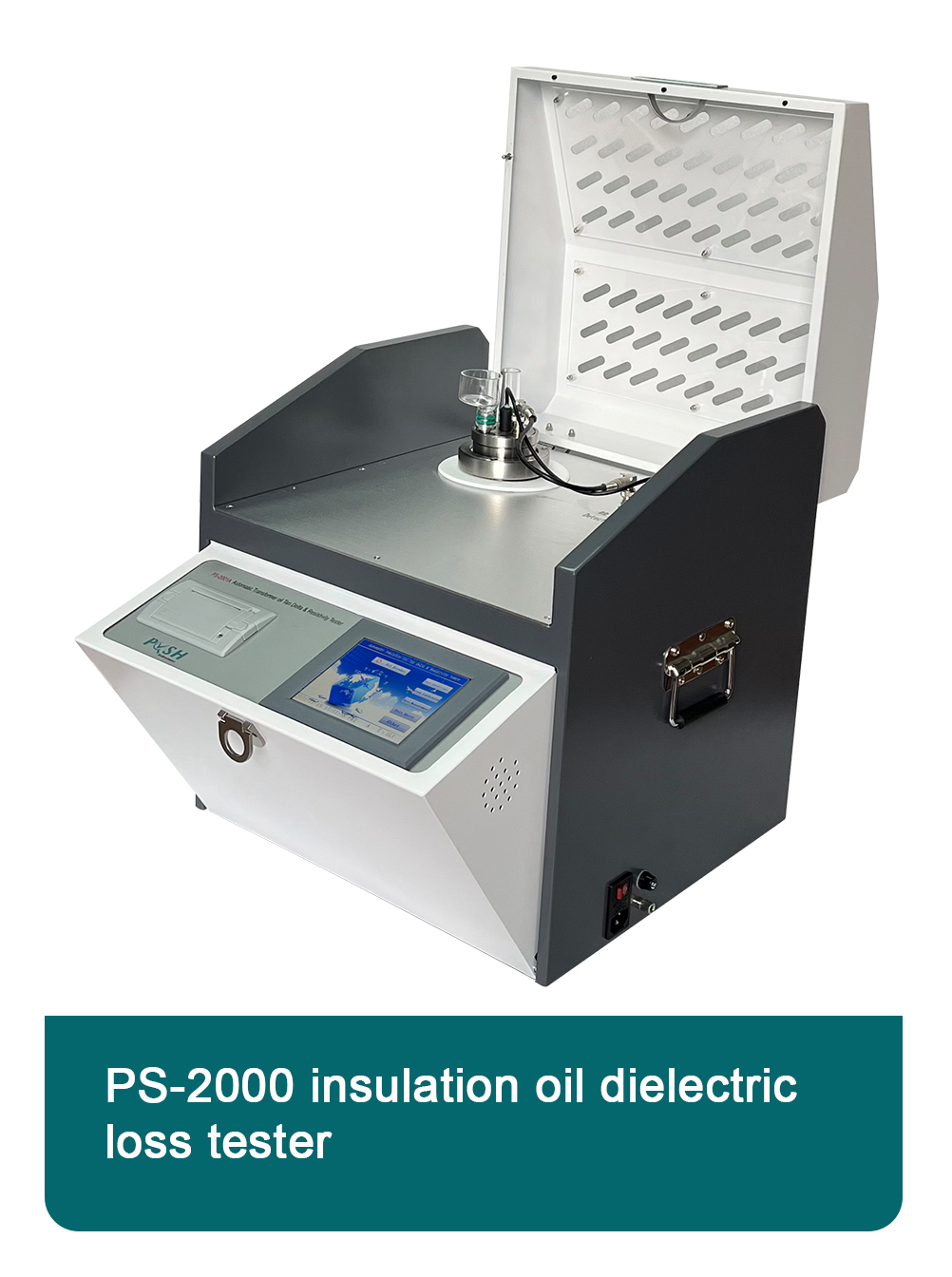 English
English



-
 Afrikaans
Afrikaans -
 Albanian
Albanian -
 Amharic
Amharic -
 Arabic
Arabic -
 Armenian
Armenian -
 Azerbaijani
Azerbaijani -
 Basque
Basque -
 Belarusian
Belarusian -
 Bengali
Bengali -
 Bosnian
Bosnian -
 Bulgarian
Bulgarian -
 Catalan
Catalan -
 Cebuano
Cebuano -
 China
China -
 China (Taiwan)
China (Taiwan) -
 Corsican
Corsican -
 Croatian
Croatian -
 Czech
Czech -
 Danish
Danish -
 Dutch
Dutch -
 English
English -
 Esperanto
Esperanto -
 Estonian
Estonian -
 Finnish
Finnish -
 French
French -
 Frisian
Frisian -
 Galician
Galician -
 Georgian
Georgian -
 German
German -
 Greek
Greek -
 Gujarati
Gujarati -
 Haitian Creole
Haitian Creole -
 hausa
hausa -
 hawaiian
hawaiian -
 Hebrew
Hebrew -
 Hindi
Hindi -
 Miao
Miao -
 Hungarian
Hungarian -
 Icelandic
Icelandic -
 igbo
igbo -
 Indonesian
Indonesian -
 irish
irish -
 Italian
Italian -
 Japanese
Japanese -
 Javanese
Javanese -
 Kannada
Kannada -
 kazakh
kazakh -
 Khmer
Khmer -
 Rwandese
Rwandese -
 Korean
Korean -
 Kurdish
Kurdish -
 Kyrgyz
Kyrgyz -
 Lao
Lao -
 Latin
Latin -
 Latvian
Latvian -
 Lithuanian
Lithuanian -
 Luxembourgish
Luxembourgish -
 Macedonian
Macedonian -
 Malgashi
Malgashi -
 Malay
Malay -
 Malayalam
Malayalam -
 Maltese
Maltese -
 Maori
Maori -
 Marathi
Marathi -
 Mongolian
Mongolian -
 Myanmar
Myanmar -
 Nepali
Nepali -
 Norwegian
Norwegian -
 Norwegian
Norwegian -
 Occitan
Occitan -
 Pashto
Pashto -
 Persian
Persian -
 Polish
Polish -
 Portuguese
Portuguese -
 Punjabi
Punjabi -
 Romanian
Romanian -
 Russian
Russian -
 Samoan
Samoan -
 Scottish Gaelic
Scottish Gaelic -
 Serbian
Serbian -
 Sesotho
Sesotho -
 Shona
Shona -
 Sindhi
Sindhi -
 Sinhala
Sinhala -
 Slovak
Slovak -
 Slovenian
Slovenian -
 Somali
Somali -
 Spanish
Spanish -
 Sundanese
Sundanese -
 Swahili
Swahili -
 Swedish
Swedish -
 Tagalog
Tagalog -
 Tajik
Tajik -
 Tamil
Tamil -
 Tatar
Tatar -
 Telugu
Telugu -
 Thai
Thai -
 Turkish
Turkish -
 Turkmen
Turkmen -
 Ukrainian
Ukrainian -
 Urdu
Urdu -
 Uighur
Uighur -
 Uzbek
Uzbek -
 Vietnamese
Vietnamese -
 Welsh
Welsh -
 Bantu
Bantu -
 Yiddish
Yiddish -
 Yoruba
Yoruba -
 Zulu
Zulu
need of power quality monitoring
The Need for Power Quality Monitoring
In today's rapidly evolving technological landscape, the demand for high-quality electrical power has never been more critical. With the proliferation of sensitive electronic devices, fluctuating power demands, and increasing reliance on renewable energy sources, ensuring power quality is essential for the smooth operation of electrical systems. This necessitates the implementation of robust power quality monitoring solutions.
The Need for Power Quality Monitoring
One major reason to monitor power quality is to protect equipment. Sensitive electronics, including computers, servers, and precision machinery, operate optimally within specific voltage and frequency ranges. Any deviations can result in operational disruptions or even permanent damage. For instance, voltage sags can cause downtime in production lines, leading to significant financial loss. By utilizing power quality monitoring systems, industries can preemptively identify and rectify these disturbances, ensuring that their equipment operates under ideal conditions.
need of power quality monitoring

Furthermore, power quality monitoring is critical for enhancing energy efficiency. Many businesses are now mandated to comply with energy efficiency standards and regulations. Poor power quality can contribute to energy waste, as equipment may consume more power when operating under suboptimal conditions. By effectively monitoring power quality metrics, organizations can pinpoint inefficiencies and implement corrective measures, thereby improving their overall energy performance and reducing operational costs.
Moreover, the rise of renewable energy sources, such as wind and solar, has introduced new challenges in power quality. These energy sources are inherently variable, leading to fluctuations in voltage and frequency. Integrating renewable energy into the existing grid requires advanced monitoring to ensure that power quality remains within acceptable limits. By continuously monitoring the system, grid operators can take corrective action in real-time, thus maintaining stability and reliability.
Additionally, regulatory compliance is another critical driver for power quality monitoring. Many regions have established standards to ensure that electrical systems operate within designated power quality parameters. Failure to comply with these regulations can result in penalties, including fines or mandatory shut-downs. Implementing a power quality monitoring system not only helps organizations to meet compliance standards but also instills confidence in their operations, reassuring both customers and stakeholders of their commitment to quality and reliability.
In conclusion, the need for power quality monitoring has become increasingly vital in our modern, technology-driven world. As industries face the dual challenges of protecting sensitive equipment and ensuring compliance with regulations, the implementation of advanced monitoring systems is essential. By actively monitoring and managing power quality, organizations can enhance operational efficiency, safeguard their equipment, and contribute to a more sustainable energy future. In an era where every moment of downtime can lead to substantial losses, investing in power quality monitoring is not merely an option; it is a necessity.
-
Ensuring SF₆ Gas Safety: Introducing PUSH’s Integrated SF₆ Analyzer for Dew Point, Purity, and Decomposition MonitoringNewsJul.10,2025
-
Exploring the Main Types of Industrial Endoscopes and Their Applications Across IndustriesNewsJul.04,2025
-
Testing Equipment Industry Sees Major Advancements in 2025: Smart & Precision Technologies Lead the WayNewsJun.06,2025
-
Applications of Direct Current Generators in Renewable Energy SystemsNewsJun.05,2025
-
Hipot Tester Calibration and Accuracy GuidelinesNewsJun.05,2025
-
Digital Circuit Breaker Analyzer Features and BenefitsNewsJun.05,2025



